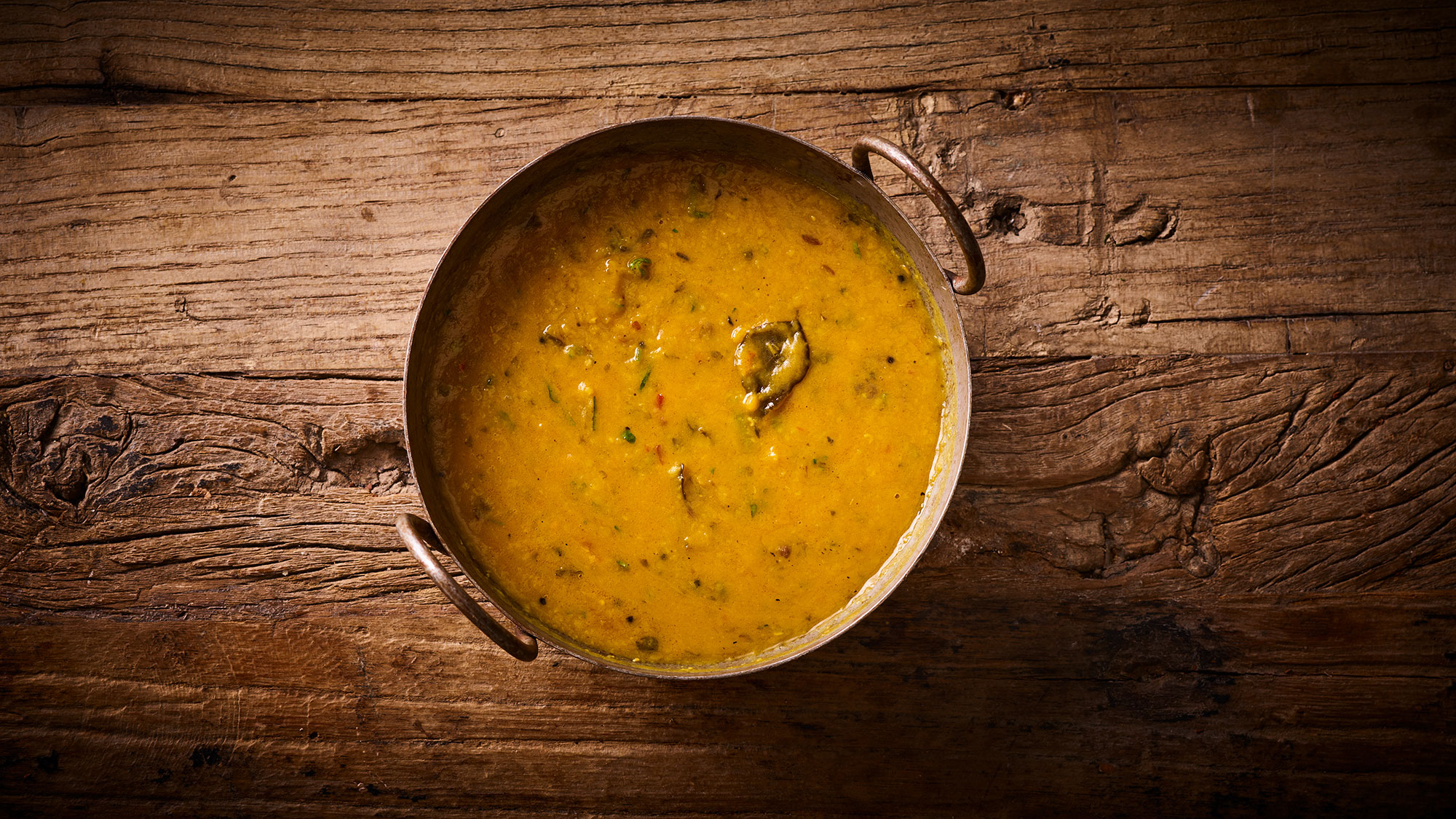

Når du besøger vores hjemmeside, indsamles der oplysninger om dig med henblik på at optimere brugeroplevelsen af hjemmesiden. Ved at bruge denne hjemmeside, giver du automatisk samtykke til vores cookiepolitik.
When you visit our website, specific data are collected to optimize the user experience of the website. By using our website, you automatically consent to our cookie policy.




ajwain seeds, asafoetida, black pepper, chili, chopped tomatoes, coriander powder, cumin, curry leaves, fenugreek leaves, garam masala, garlic, ginger , masoor dal (red lentils), moong dal (green gram beans), mustard seeds, onions, salt , toor dal (split pigeon peas), turmeric, vegetable oil, water
ajwain seeds, asafoetida, black pepper, chili, chopped tomatoes, coriander powder, cumin, curry leaves, fenugreek leaves, garam masala, garlic, ginger , masoor dal (red lentils), moong dal (green gram beans), mustard seeds, onions, salt , toor dal (split pigeon peas), turmeric, vegetable oil, water
Seasonal lentils prepared with fried garlic.
Dal means, and refers to, pulses, which are the dried and edible seeds within the pods of the legume family of vegetables. Though this dish is central to the Indian kitchen, it can be prepared in different ways and with other forms of dried and slit pulses (like beans and peas) that don’t require soaking before cooking. Nevertheless, it is, without a doubt, lentils that this dish is famous for being prepared with – especially the red Masoor lentils.
Lentils have been cultivated for about 10,000 years; and when you consider their contents, it is no wonder. Among other things, they are rich in fibers, vitamin B, magnesium, and zinc. Furthermore, they are one of the most protein-rich things in the plant kingdom, and, therefore, a popular source of protein for the many vegetarians in India, which, according to UN statistics, have the lowest rate of meat consumption in the world. This is maybe why India is the world’s second biggest producer of lentils.
Like so many other dishes, the Dal can vary a lot depending on where on the Indian subcontinent you get it. Bindia’s Dal is a ‘classic’ Dal in the sense that it taste- and spice-wise lies right in the agreeable middle – and even though we change it a bit from time to time, we use the classic red Masoor lentils.
Among other things, the key to our Dal is our use of Asafodita, which is a spice with a central role in the world’s oldest medical system of Ayurveda – especially by virtue of being a natural and benign aid to digestion. Even though it originated in Central Asia, Asafodita is today to be found in both kitchens and traditional medicine all over the globe.
In its purest form, this spice has a rather foul smell, which is probably why it’s believed to keep evil spirits at bay in Indian folklore. However, if Asafodita is used correctly and in moderations, it can enhance the taste in a variety of dishes, and it’s therefore an indispensable part in the temperings of Bindia’s Dal.